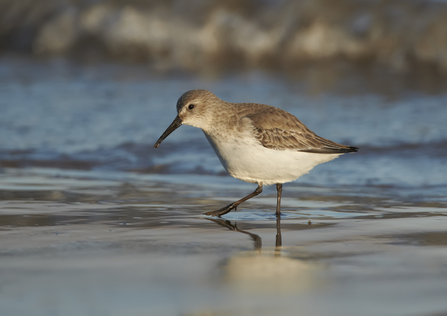Today the Environment Secretary set out plans to restore nature and “build back greener” after the pandemic. The Secretary of State, George Eustice, made the speech at an online event hosted by The Wildlife Trusts during which the public could ask questions. The event can be viewed here.
Much focus was given to plans for tree planting, species reintroduction and peatland restoration in England, including a ban on peat sales subject to a public consultation. While it is widely acknowledged that there is a big opportunity for a ‘green recovery’ from Covid19, The Wildlife Trusts fear that there is a real danger of ‘building back’ just as before – for example by investing in damaging new road building and destructive developments such as HS2 rail and Sizewell C nuclear power station, rather than investing in nature on land and at sea on the scale that is urgently needed.

